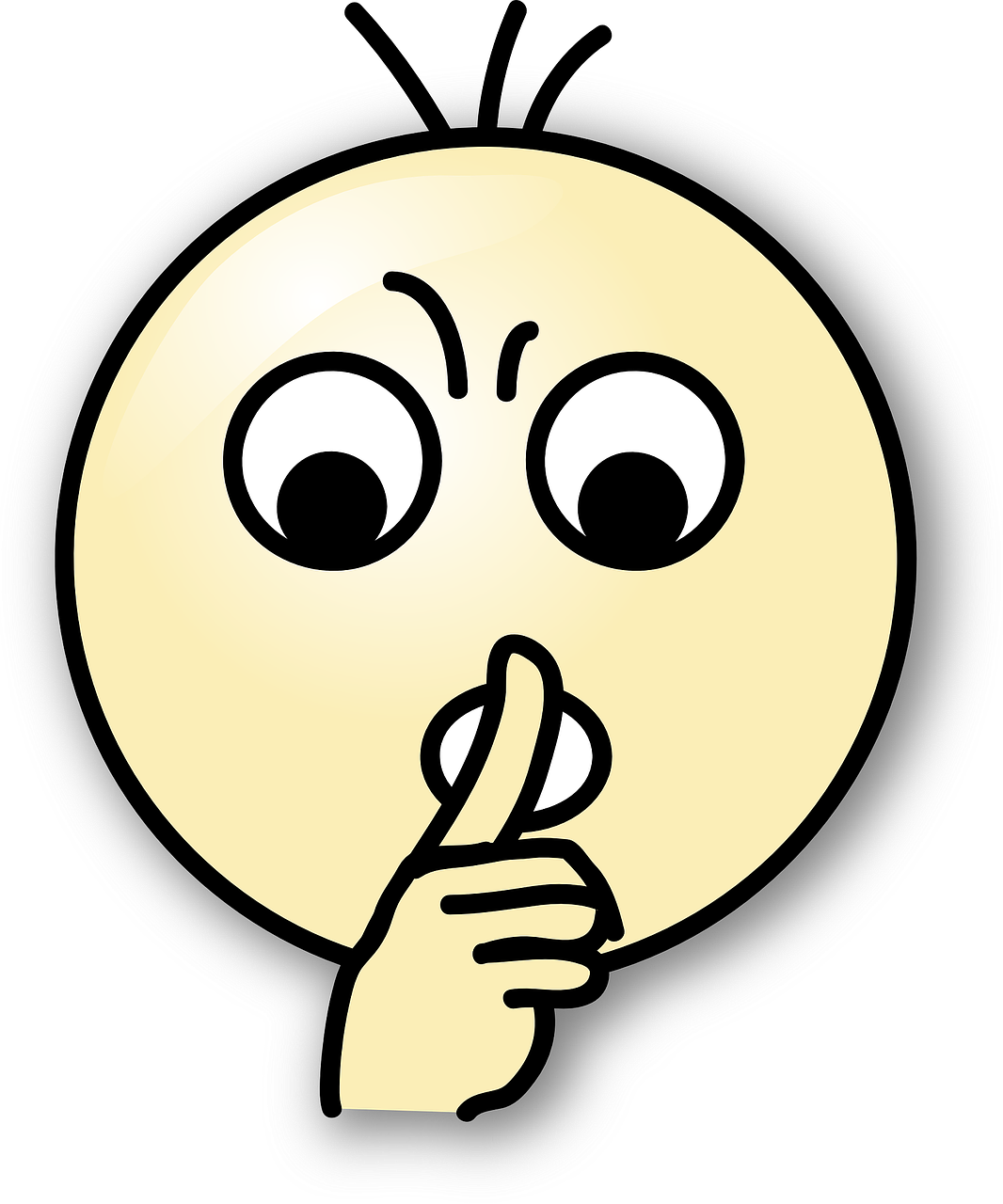
The letter E is for Even. It is versatile. It is pronounced several ways, and it can modify or completely change the meaning or pronunciation of a word. I will explain in the following paragraphs.
The Long of it
All vowels make at least two sounds. The letter E is no different. The word “even” has two of the sounds in it. Like all vowels, E says its own name.
 Some of the ways it says its own name is when a word has two consecutive E’s in it. Some examples: See, tee, seed, meet, greet, and feet.
Some of the ways it says its own name is when a word has two consecutive E’s in it. Some examples: See, tee, seed, meet, greet, and feet.
Often times when an E is followed by the letter A, the E says its own name, although that is not always the case. For example, in the word read it says its own name but the very same word, spelled exactly the same way, when used in the past tense, the E does not say its own name. More on that later. Other words where E & A together cause the E to say its own name are: Meat, neat, bleak, squeak, eat, and beat.
The Short of it
 Like all vowels, the letter E has a short sound. That sound can be heard in words such as bed, red, jet, send, end, and bend.
Like all vowels, the letter E has a short sound. That sound can be heard in words such as bed, red, jet, send, end, and bend.
However, this is one reason why English is such a confusing language for people whose first language is not English and who are trying to learn the language. Some examples of what I mean are written in this and the previous paragraphs. I am referring to the words, read, heard, learn and mean.
The pronunciation of the word read, depends on the tense (present or past). In the past tense, the word “read” is pronounced by saying E in the short form, although in the present tense, it is pronounced in the long form. Crazy! Right?
I understand why and how people get confused.
I will explain more about the words “heard” and “learn” in a subsequent paragraph.
The word “mean” does not belong in this paragraph, as the E in that word says its own name. That is aside from the fact that the word “mean” has multiple meanings. To confuse the matter even more, the word “meant” is pronounced using the short sound of E.
You’re not alone if you’re thoroughly confused at this point.
Stay silent
 Aside from the long and short sound of E, it also sometimes makes no sound at all. That’s right, In the word “makes” in the previous sentence, the E is sitting there silently, minding its own business, not making any sound at all.
Aside from the long and short sound of E, it also sometimes makes no sound at all. That’s right, In the word “makes” in the previous sentence, the E is sitting there silently, minding its own business, not making any sound at all.
So, why the heck is it there if it doesn’t make a sound?
That’s a very good question.
Allow me to explain.
Somewhere, someone decided that the letter E would be sometimes used as a signal for the vowel that precedes it, in this case E, but it works with all vowels. Although, sometimes, what I’m about to tell you is not the case.
When an “e” is at the end of a word, it is usually used as a signal that the vowel that immediately precedes it is to say its own name. Remember, I said usually, not always. Hey, I don’t make the rules. I can only do my best to try to explain them.
For example, in the words met, rot, bad, bid, and tub, all the vowels are pronounced using the short sound. Add an “e” to the end of each of those words (mete, rote, bade, bide, and tube) and all the vowels say the long sound. Not only that, the words now have different meanings.
But, in the word “have”, the “e” is silent but the “a” says the short sound. To be honest, I’m not sure why the “e” is even there.
There Are Also Many Other Variations
When “e” or “E” are immediately followed by “r”, most of the time, again, not always, the combination of the two letters creates the sound that sounds something like the “r” by itself as in her, herd, ern, and fern.
If you add “e” to “her” (here), now the first “e” says its own name and the “e” at the end is silent. However, if you put a “t” in front of the word “here”, (there), and the “e” now makes the sound of a long “a”. Don’t ask why. I don’t know why. At least the “e” at the end does its job and remains slilent. 
Another variation is when “e” is followed by “i”. Most of the time, that combination makes the sound of a long “i”. For example: Height, although the “g” and the “h” that follow the “e” and “i” don’t make any sound at all. They are completely silent. Furthermore, often times “e” followed by “i” makes the sound of a long “a”, although many Americans will pronounce it like a long “e”. For example: Weigh, weight, eight, and sleigh all make the sound of a long “a”. Then, there is either and neither, in which the “e” and “i” are technically meant to be pronounced like a long “i” but many, if not most Americans pronounce it like a long “e”.
When “e” is followed by “y”, it usually makes the sound of a long “a” as in they or whey. Sometimes when “e” is followed by “a”, together, they make the sound of a long “a” as in break. Although the “e” and “a” in the word breakfast are pronounced like a short “e”.
I get tired just writing this. I can only imagine what it’s like to be learning this crazy language.
Conclusion
So, yes, E is for even. The first “E” is pronounced as a long “E” and the second “e” is pronounced like a short “e”. The second “e” does its job as a signal to the first “e” to say its own name. But, rather than remaining silent, in this case, it is pronounced as a short “e”.
I hope this article is helpful, although I realize it may be or probably is confusing.
Leave a question or comment below. I will address it and reply.
Study some words with the letter E
Watch YouTube Video that corresponds to this lesson


Wow, this blog post about the letter E and its various pronunciations is quite informative, but I must admit, it’s also a bit mind-boggling. English pronunciation rules can be so complex, especially when it comes to vowels like E. I can understand why non-native English speakers might find it challenging to grasp. The author did a good job explaining the different sounds E can make, whether it’s the long sound in words like “meet” or the short sound in words like “bed.” It’s fascinating how the presence or absence of an E can completely change the pronunciation and meaning of a word. However, I can’t help but sympathize with the confusion caused by exceptions like “read” and “heard.” The silent E at the end of words is also quite puzzling, but I appreciate the author’s attempt to shed some light on its purpose. Overall, this article provides a comprehensive overview of the complexities surrounding the letter E, even if it leaves me with more questions than answers.
Thanks for your comments Alice. Yes, the complexities of the English language, not only the letter E, can be staggering. As an English as a second language (ESL) teacher, I remind my students on a regular basis that “English is a crazy language. I tell them not to worry about all the variations and exceptions etc., that they will learn them over time. I tell them to learn the so-called rules, which work much of the time. I also tell them to not try to learn the language too quickly, but to focus on learning one or two new things a day. Bottom line, I absolutely love teaching ESL and hope to develop an online presence for doing it.